Discover the joy of baking authentic Mexican conchas with our easy-to-follow guide. Whether you’re a seasoned baker or new to the kitchen, mastering an easy conchas recipe is a delightful way to bring the rich flavors of Mexico to your table. Known for their golden crust and soft interior, conchas, or “Mexican bread rolls,” are a beloved treat across cultures. In this article, we’ll walk you through everything you need to know, from understanding the ingredients to overcoming common baking challenges. Learn how to achieve fluffy conchas every time with expert tips and tricks, and explore the differences between pan dulce and conchas. With the right ingredients and a few simple steps, you’ll be crafting perfect conchas in no time. Let’s dive in and unlock the secrets to creating delicious, fluffy conchas that will impress everyone!
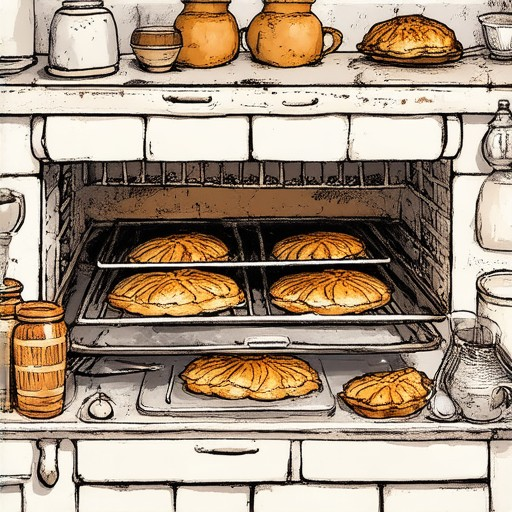
What is Concha Topping Made Of?
Concha topping is traditionally made using a combination of simple ingredients that come together to create a rich, buttery, and slightly sweet flavor. Here’s a breakdown of the primary components:
- Flour : All-purpose flour is the base ingredient, providing the structure and foundation for the concha’s texture.
- Fat : A mixture of butter and vegetable oil is used to create a light and flaky texture, reminiscent of a croissant.
- Leavening Agents : Baking powder is commonly added to ensure the concha rises properly during baking.
- Salt : A pinch of salt is included to enhance flavor and balance the sweetness of the dough.
- Sugar : Granulated sugar is added to provide sweetness, with brown sugar often used for a deeper, richer flavor.
- Milk : Whole milk or condensed milk is sometimes incorporated to add moisture and richness to the dough.
- Eggs : A single egg is typically added to help with the structure and to enrich the dough.
- Vanilla Extract : A small amount of vanilla extract is included to add a delicate floral flavor.
- Cinnamon : Ground cinnamon is a common addition to complement the sweetness and enhance the overall aroma.
- Nutmeg : A pinch of nutmeg is sometimes added for an extra layer of flavor, though it’s optional.
- Chocolate : In some recipes, cocoa powder is included to add a touch of chocolate flavor, making the conchas even more indulgent.
The dough is mixed until it forms a smooth, pliable dough, allowed to rise, and then baked until golden brown. While the basic ingredients remain consistent, variations in fat content, sugar type, and additional spices can lead to different textures and flavors.
Why Are My Conchas Not Fluffy?
If your conchas (Mexican sweet bread) are turning out dense rather than fluffy, there may be several factors affecting the outcome. Here are some common reasons and solutions:
- Yeast Inactivity :
- Ensure the yeast is active by checking if the mixture becomes frothy. If it doesn’t, the yeast might be dead, and you’ll need to start fresh with a new packet.
- Learn more about activating yeast .
- Flour Type :
- Use bread flour instead of all-purpose flour for better elasticity and volume.
- Sift the flour thoroughly before adding it to the mixture to eliminate any lumps.
- Fat Content :
- Incorporate soft butter or shortening for a lighter texture. Ensure the fat is fully incorporated into the dough for optimal fluffiness.
- Kneading Technique :
- Knead the dough until it becomes smooth and elastic, which helps develop the gluten strands necessary for a fluffy texture.
- Leavening Agents :
- Make sure you’re measuring the baking soda accurately. Too little or too much can hinder the rise.
- Oven Temperature :
- Check that your oven is heated to the correct temperature (usually around 350°F or 175°C) and that the conchas are not too close to the heating element, which can cause uneven baking.
- Baking Time :
- Bake just until the conchas are lightly golden on top. Overbaking can lead to a dry, dense texture.
By addressing these factors, you should be able to achieve fluffy conchas with ease. Happy baking!
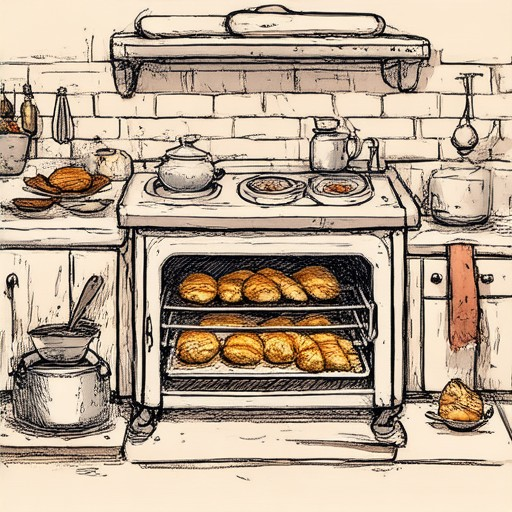
What Kind of Flour Is Best for Conchas?
For conchas, a hybrid of soft bread and cookie-like texture, the choice of flour plays a crucial role in achieving the perfect balance of chewiness and crispness. Here’s a breakdown of the best options:
Bread Flour
Bread flour is highly recommended for conchas due to its high gluten content. This helps in creating a dough that is soft yet sturdy enough to hold the sweet topping without becoming too dense. Its protein content enhances the overall texture, making it a top choice for traditional concha recipes.
All-Purpose Flour
All-purpose flour is a versatile option that works well in conchas. It provides a balance between the elasticity of bread flour and the strength of whole wheat, resulting in a dough that is easy to handle and bakes evenly. However, it may yield slightly denser conchas compared to bread flour.
AP 00 Flour
AP 00 flour, a staple in Mexican baking, is particularly effective for conchas. Known for its high starch content, it helps in creating a dough that holds together well without excessive gluten development, contributing to a lighter texture.
Combination of Flours
Many experienced bakers opt to blend bread flour with AP 00 flour. This combination enhances the dough’s structure, providing the ideal consistency for conchas without making them too heavy. The proportion typically varies based on personal preference and the desired texture.
Key Consideration
Regardless of the flour chosen, ensuring proper measurement and mixing is essential to avoid a dense or crumbly texture. The right balance of flour, sugar, and fat in the dough is critical to achieving the signature concha taste and texture.
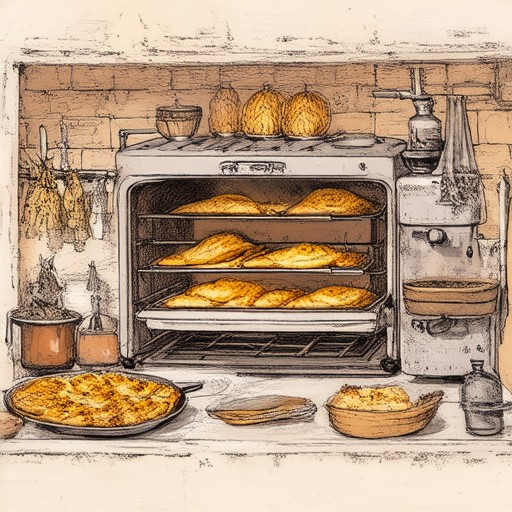
Is Pan Dulce the Same as Concha?
Pan dulce and concha are both traditional Mexican sweet breads, but they have distinct characteristics and differences.
What is Pan Dulce?
Pan dulce, also known as brioche, is a rich, sweet bread that originated in France. In Mexico, it is commonly referred to as “pan de muerto” during Día de los Muertos. It is characterized by its golden color, soft texture, and sugary glaze. Pan dulce is often enjoyed with coffee or as a dessert.
What is Concha?
Conchas, also known as “biscuits de concha,” are a type of sweet bread that originated in Veracruz, Mexico. Unlike pan dulce, conchas have a harder, more crusted exterior that crackles when bitten into, while the interior is soft and sweet. The concha gets its name from its shell-like shape.
Differences Between Pan Dulce and Concha
While both pan dulce and concha are sweet breads, they differ in texture and shape:- Texture: Pan dulce is softer and sweeter, with a smooth texture.- Shape: Conchas are typically round with a cracked shell, while pan dulce can come in various shapes, including buns or rolls.
How Are They Prepared?
Both foods are prepared with similar ingredients, often involving butter, sugar, and flour. However, the preparation methods differ slightly. Conchas may require a specific baking technique to achieve their hard crust, while pan dulce is baked until it is fluffy and golden.
Popular Usage
Both pan dulce and concha are widely enjoyed in Mexico and are often paired with coffee or as a dessert. They are popular choices for breakfast or snacks.
Conclusion
Pan dulce and concha are similar in that they are both sweet breads enjoyed in Mexico, but they differ in texture, shape, and preparation methods. While pan dulce emphasizes softness and sweetness, conchas highlight their crunchy exterior and unique shape.
What Ingredients Do I Need for an Easy Conchas Recipe?
- All-purpose flour
- Active dry yeast
- Whole milk
- Butter
- Granulated sugar
- Salt
- 1 egg
- Vanilla extract
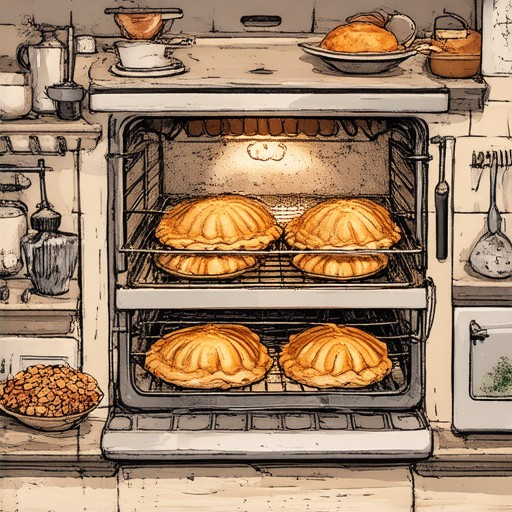
Ingredients for an Easy Conchas Recipe
- All-purpose flour – The foundation of the dough, providing structure and elasticity.
- Active dry yeast – Essential for rising and giving the conchas their soft texture.
- Whole milk – Adds richness and moisture, contributing to the dough’s tenderness.
- Unsalted butter – Incorporates fat for a creamy texture and enhances flavor.
- Granulated sugar – Provides sweetness and balances the savory elements.
- Salt – Enhances flavor and prevents the dough from being too sweet.
- 1 large egg – Acts as an emulsifier and helps the dough hold together.
- 1 teaspoon vanilla extract – Adds a subtle, pleasant flavor.
Combine these ingredients in two batches for a larger yield. Mix dry ingredients first, then slowly incorporate wet ingredients. Allow the dough to rise until doubled in size, then shape and bake according to your preferred method.
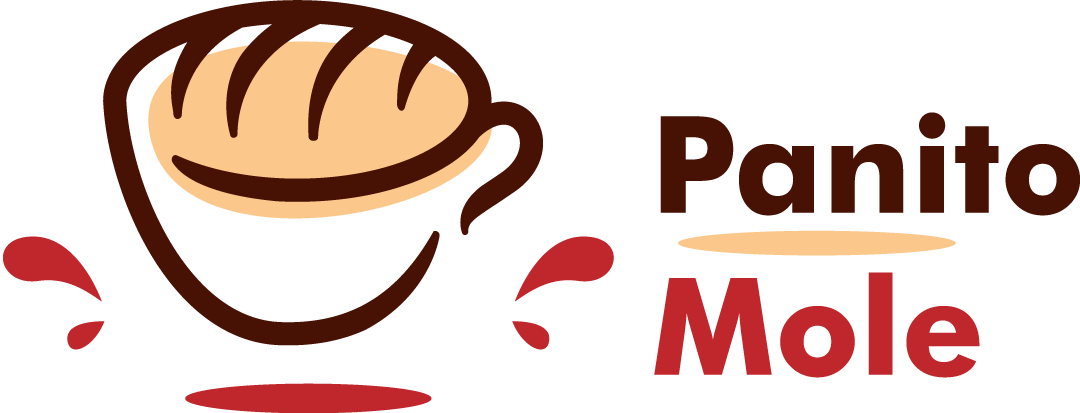
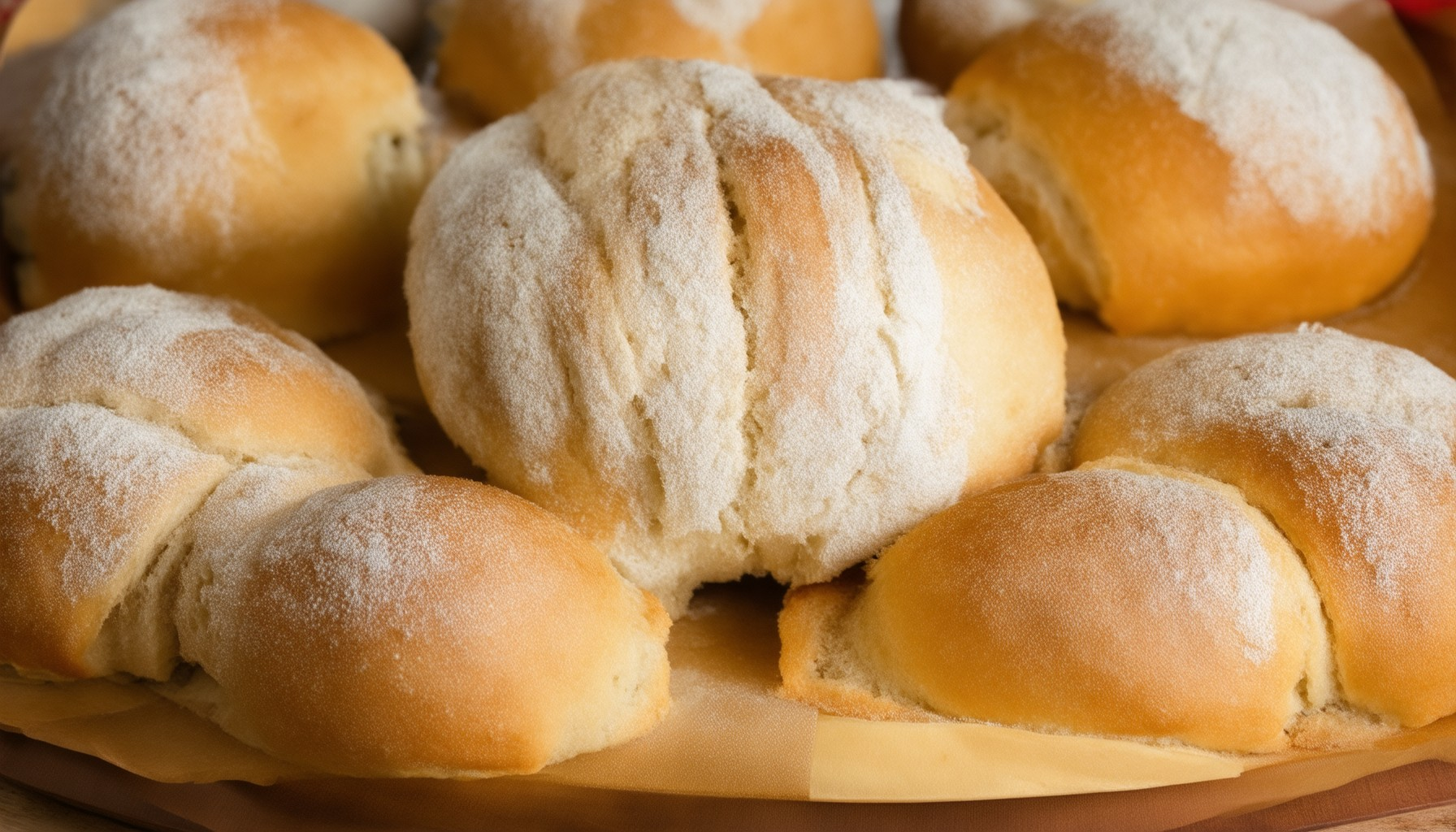

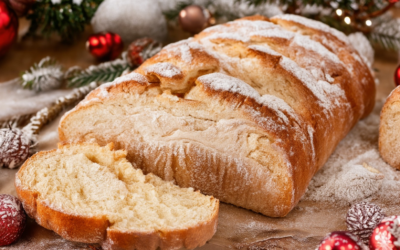
0 Comments